
To provide our safety services, an understanding of a situation full of people, objects, and empty space is paramount. Research in the Sensing Technology Division focuses on the technologies required to understand various situations with different types of sensors. Primarily, we have focused on three sensing technologies, O/IR waves, radio waves, and sound waves, as the base technologies for indoor/outdoor surveillance technology.
All objects emit infrared radiation relative to their temperature, and an IR camera can capture this light. As a result, an IR camera can capture objects even in complete darkness without external lighting. Moreover, an IR camera can see through smoke and fog.


Thus, we can obtain a great deal of information using the characteristics of invisible light. So how can do we capture any other invisible light property besides an infrared camera? One of the methods is through “spectroscopic analysis.”
In spectroscopic analysis, the intensity distribution of various wavelengths of light from a source is measured using a spectrometer. Substances have the property of absorbing or reflecting light of specific wavelengths depending on molecular structure, so the type of substance can be identified from the light intensity distribution.
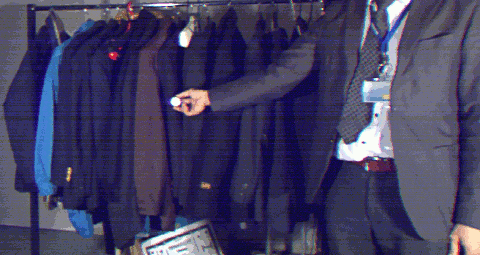
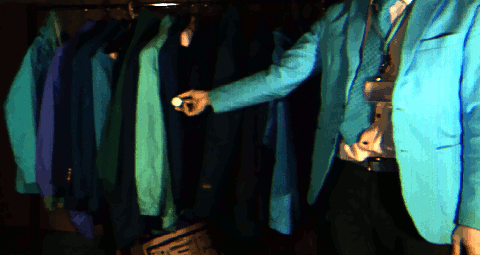
Light is also characterized by “polarization,” which is a bias in the direction of vibration. When light reflects off an object, the polarization of the reflected light depends on the incidence angle and object type. We can analyze the changes in polarization to extract three-dimensional shapes and discriminate between objects.
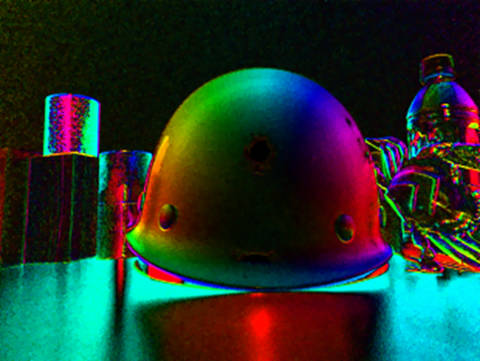
Radio waves are electromagnetic waves with wavelengths than visible and infrared waves. We have been studying sensing technologies that utilize their characteristics. For example, radio waves are weather resistant, which is useful in outdoor intrusion detection systems. When it rains, optical cameras lose performance, but radio waves can still sense a target's location and velocity.
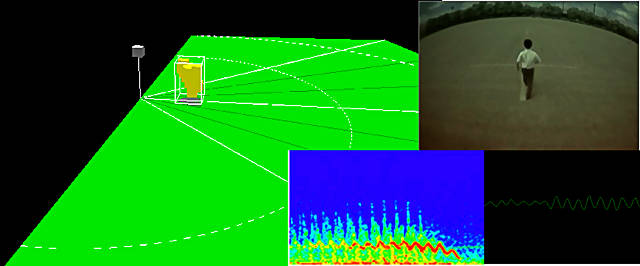
Radio waves can pass through non-metal objects like cloth and wood. This characteristic enables us to implement non-contact vital sensing. In this way, we hope to provide non-invasive health care services with this technology. Moreover, this sensor is more privacy-oriented than cameras.
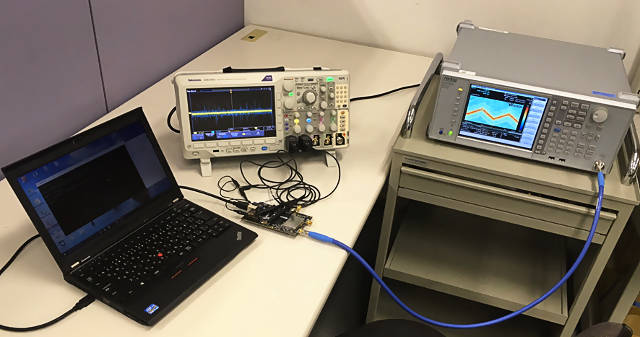
In addition to investigating sensors using radio waves, we are examining how objects can be measured with high accuracy and reliability through research in wireless device location technology with software-defined radios.
Although electromagnetic waves are used to sense optical and radio waves, the vibration of air is used to sense sound waves. Sound waves are generally classified into two types: audible bands that people can hear, and ultrasonic bands that people can't hear. Within the audible band, one of our important research areas is in "acoustic anomaly detection." This research classifies the many types of sound and detects unusual sounds. From the unusual sounds, further process extracts sounds like screams, requests like “help me,” human groaning from pain, and sounds of property destruction and collision. Furthermore, identifying the origin of the sound is enables easier comprehension for a human operator. For example, if we detect an unusual sound at a location outside of the field-of-view of a security camera, we can pan the camera to the origin of the sound.
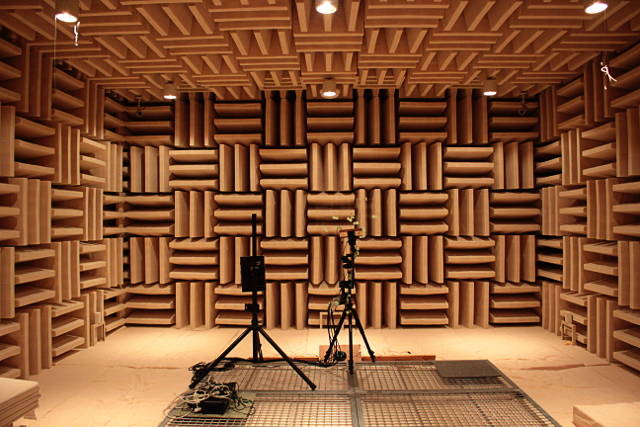
The purpose of ultrasound-based research is to measure minute movements, especially to increase situational awareness to monitor people. We envision an ultrasonic sensor that can understand indoor activities with fast detection of emergency situations.
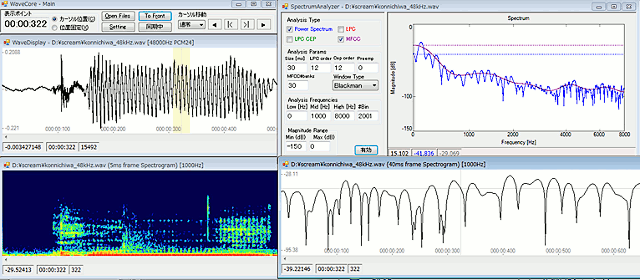
The demand for such indoor monitoring services is expected to increase in the future. The need for sensors that can monitor human activity while protecting privacy, such as radio and ultrasound ones will also increase.